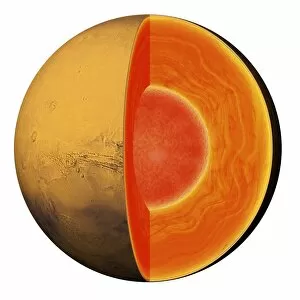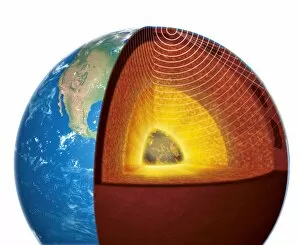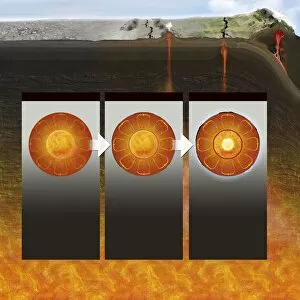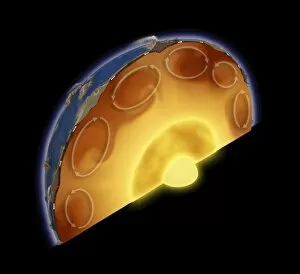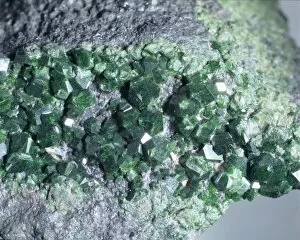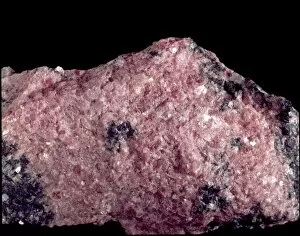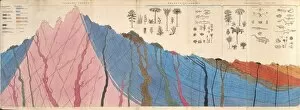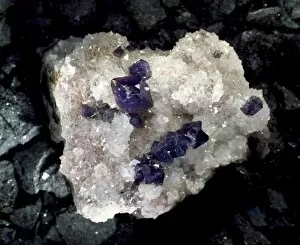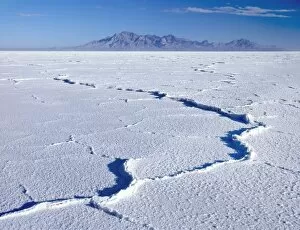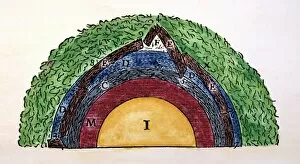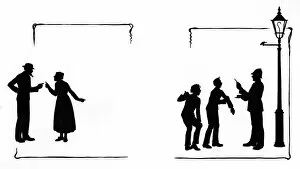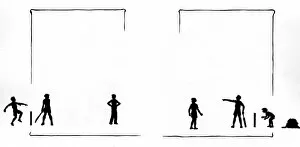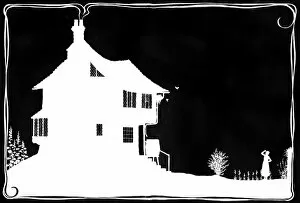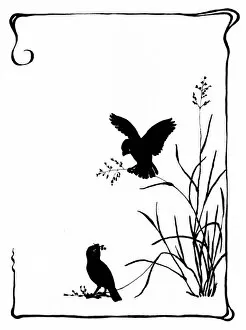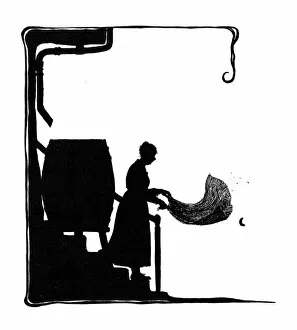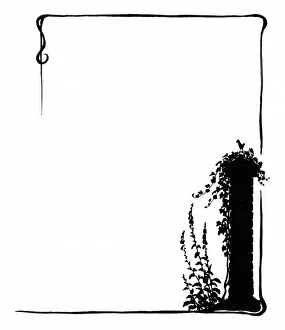Crust Collection (page 6)
"Exploring the Depths: Unveiling Earth's Crust and Subterranean Mysteries" Delving into the layers of our planet, we uncover Earth's crust
All Professionally Made to Order for Quick Shipping
"Exploring the Depths: Unveiling Earth's Crust and Subterranean Mysteries" Delving into the layers of our planet, we uncover Earth's crust, a fascinating realm that holds secrets untold. From its fiery core to subterranean lakes and rivers, this cross-section engraving from Athanasius Kircher's Mundus subeterraneus (1664) reveals a captivating world beneath our feet. Intriguingly, even in the realm of card games, suffragettes made their mark with "The Game of Suffragette. " As theatre managers and Queen Victoria engage in animated discussions on women's rights, they challenge societal norms through strategic gameplay. While some mysteries lie deep within the earth, others can be found closer to home. Take Starry Gazey Pie from Mousehole, Cornwall—a culinary marvel where fish heads poke out from a pastry crust as if gazing at the stars above. A whimsical delight for both locals and visitors alike. Speaking of crumbs and delights, two birds eagerly await their share on a title page—symbolizing anticipation for tasty morsels or perhaps metaphorically representing something more profound. Meanwhile, in Knavesborough—an enchanting land filled with charm—we witness pastry making techniques passed down through generations. Slitting tops and adding decorative touches to pies were meticulous acts that transformed simple dough into edible works of art. And let us not forget about bread—the staple food that nourishes us all. From sourdough bread bowls to three seed loaves bursting with flavor and texture variations galore; homemade breads bring warmth to our homes while connecting us to centuries-old traditions. As we journey through these diverse facets of "crust, " whether it be exploring geological wonders or savoring culinary creations like Starry Gazey Pie or artisanal breads—it becomes clear that there is much more than meets the eye when it comes to this seemingly simple word.

